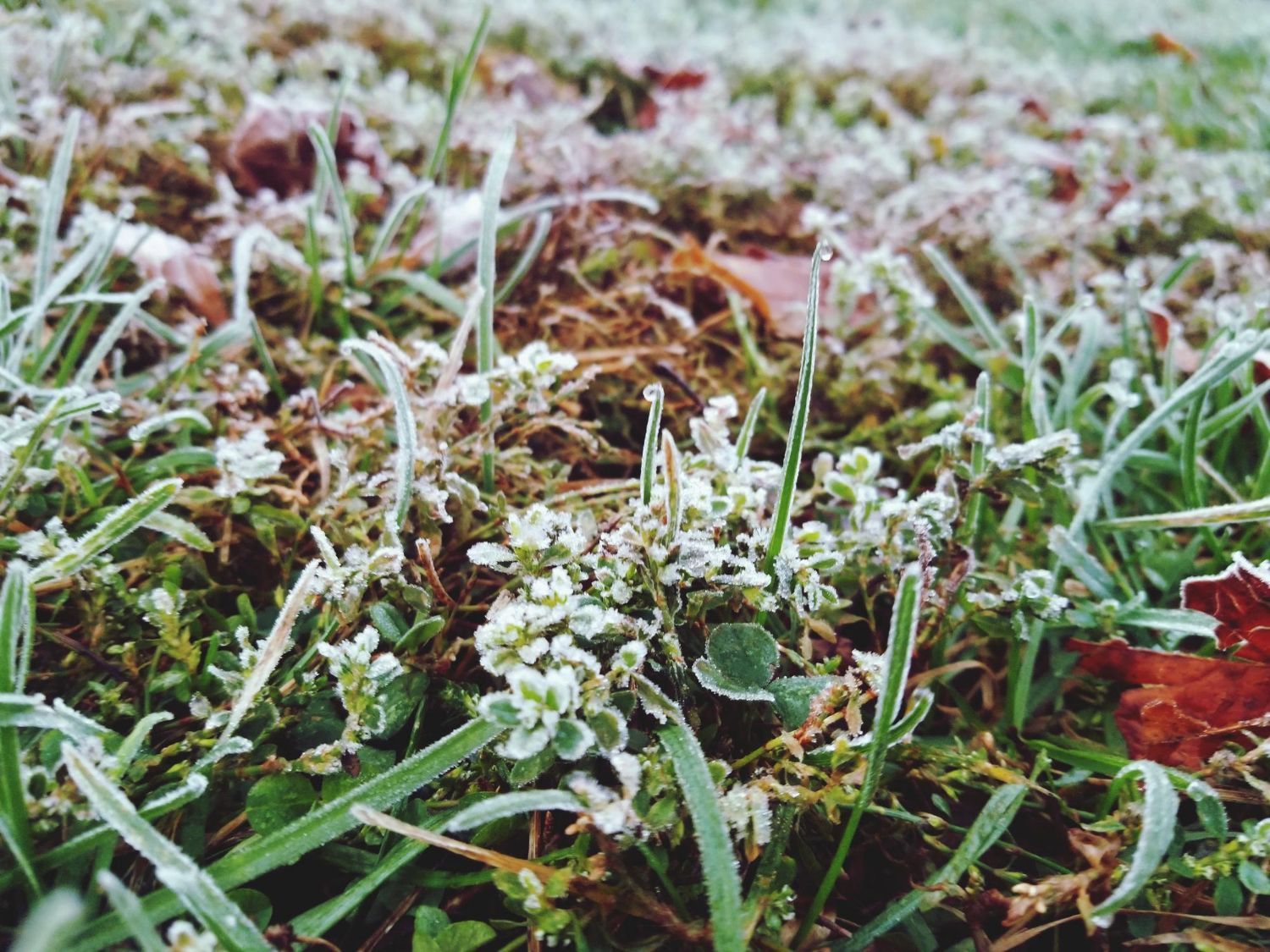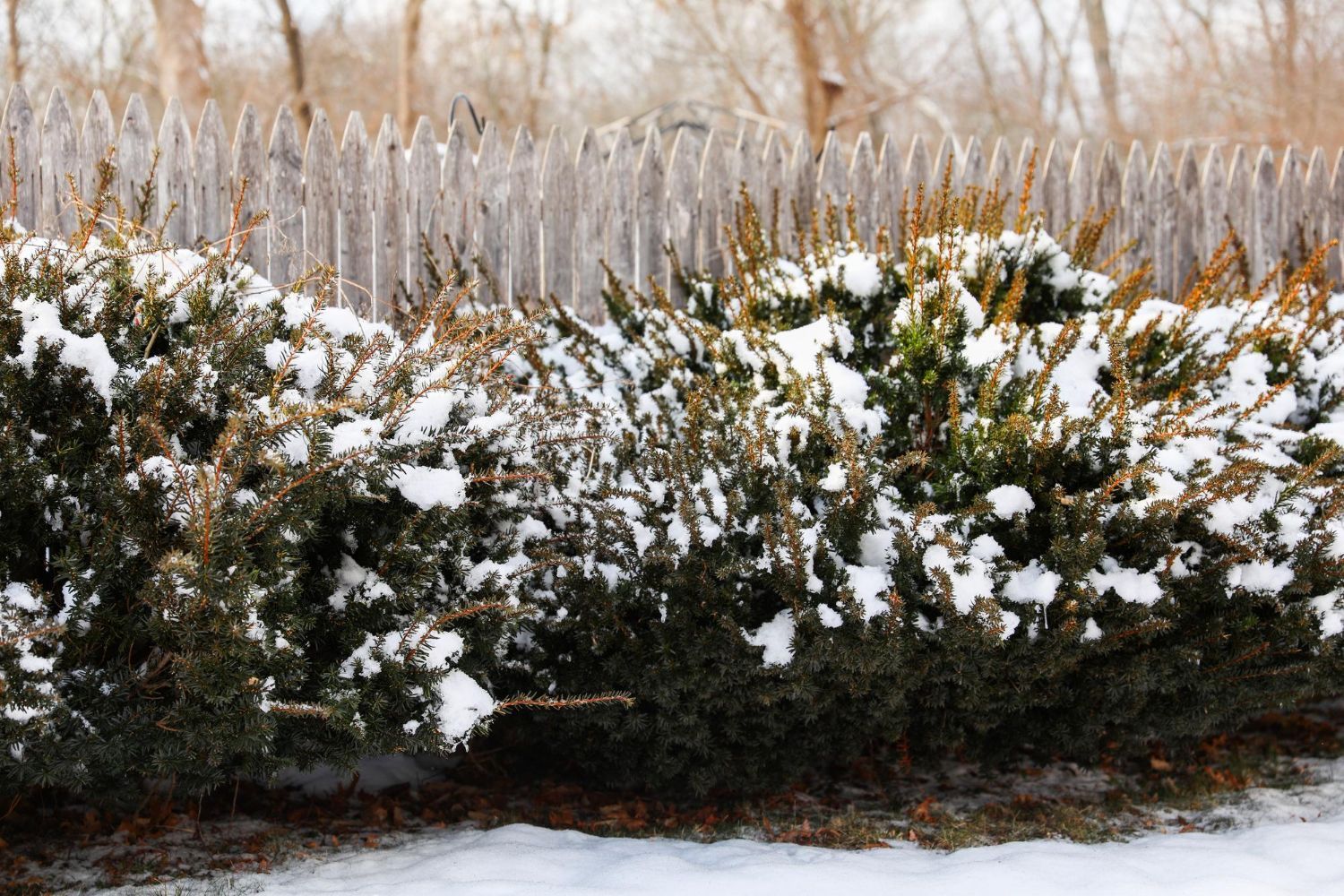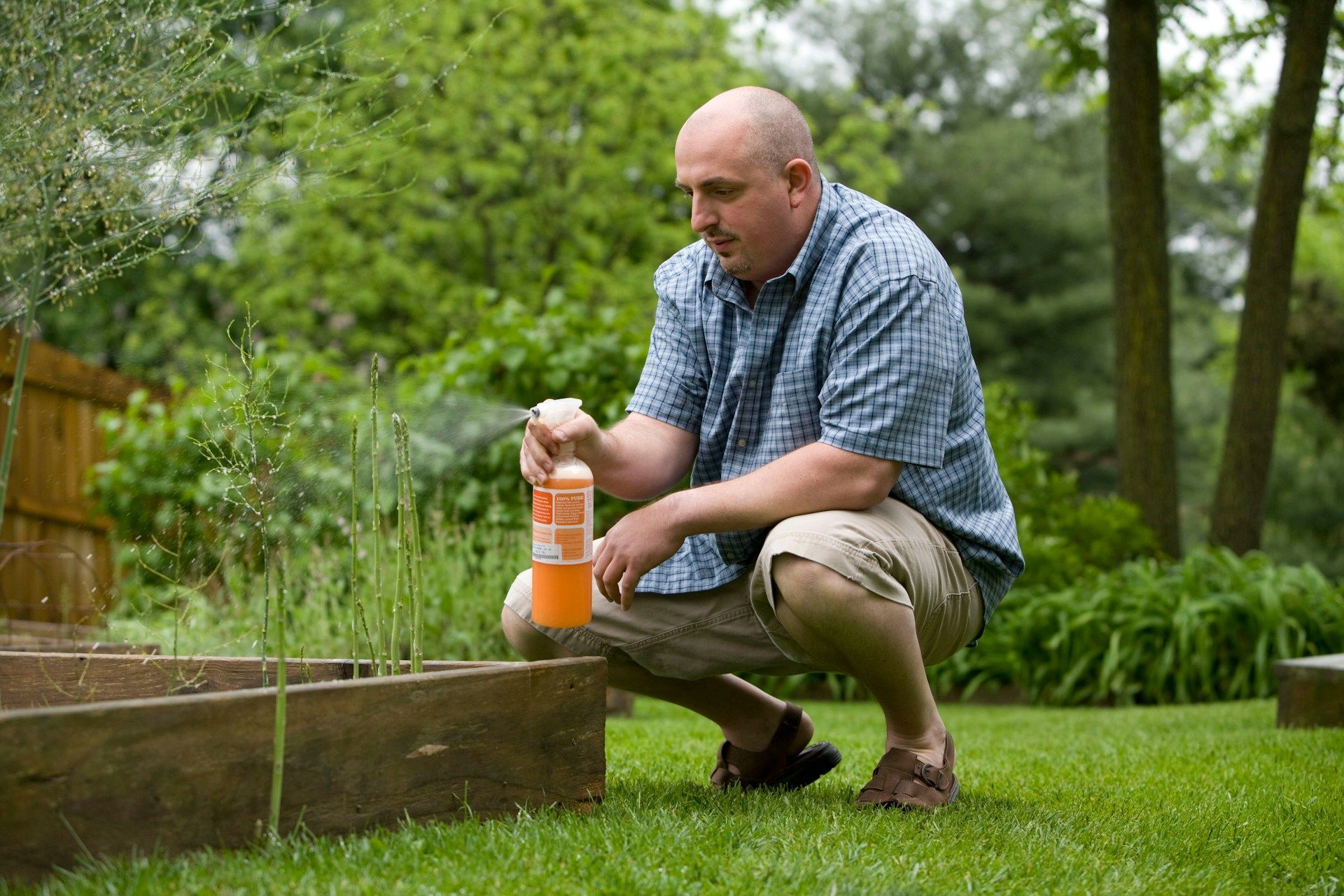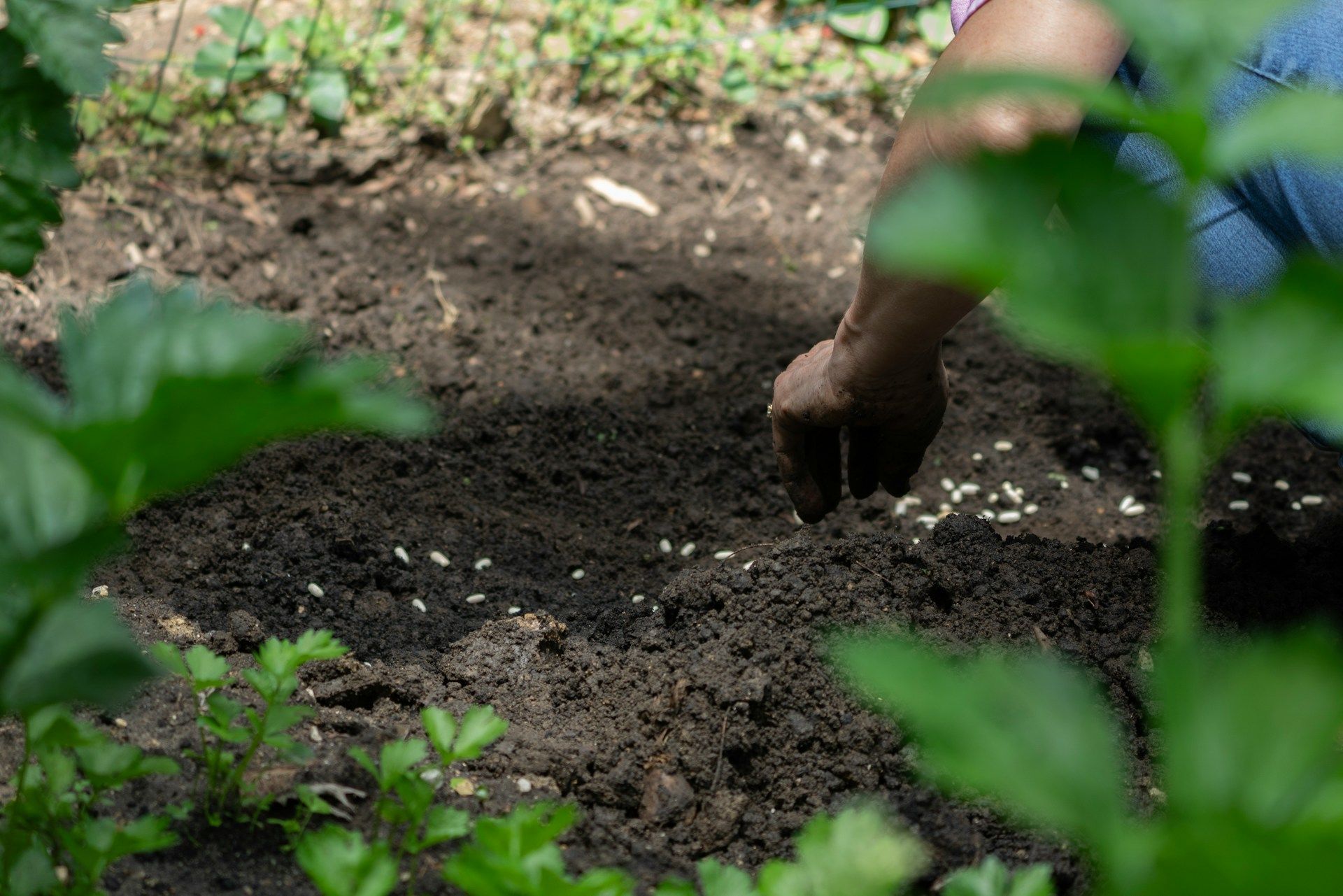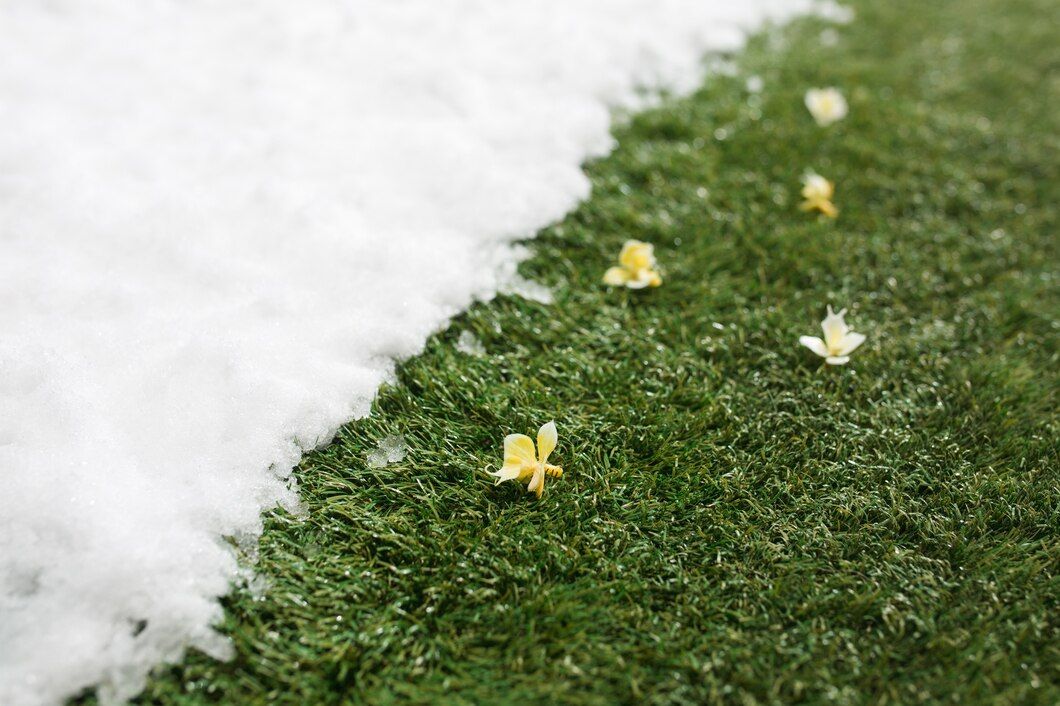What Our Customers Are Saying
Top Tips for Weed Control and Lawn Fertilization
Maintaining a beautiful, healthy lawn requires more than just regular mowing and watering. Weeds can quickly invade and take over your yard, stealing nutrients and space from your grass. At the same time, proper fertilization is crucial to ensure your lawn gets the nutrients it needs to thrive. Knowing how to identify various types of weeds and employing effective control techniques is key to keeping your lawn weed-free. Effective fertilization further strengthens your grass, making it more resilient to invasions.
Combining weed control and fertilization strategies can help us achieve the lush, green lawn we desire. By understanding the specific needs of our grass and the threats posed by various weeds, we can create a comprehensive lawn care plan. This approach not only reduces the presence of unwanted plants but also promotes the healthy growth of our turf. Let’s explore the methods and practices that will enable us to manage weeds effectively and optimize our lawn’s health through appropriate fertilization.
Why Choose Sod: Benefits Over Seeding
Sod provides an instant green cover for your lawn, making it a faster choice compared to seeding. When we install sod, you get a ready-made, mature lawn almost immediately. This means no waiting for seeds to germinate and grow. You can see and enjoy your beautiful yard right away.
In addition to speed, sod offers uniformity in texture and color. Because it's grown in controlled conditions, sod consists of dense, healthy grass blades. This uniformity helps reduce weeds and provides an even, lush appearance. Sod also requires less initial watering than newly planted seeds, making it a practical and efficient solution for achieving a picture-perfect lawn quickly.
The Professional Sod Installation Process: Step-by-Step
Preparing the Soil: Before we install sod, we start with soil preparation. This involves clearing the area of any existing grass, rocks, or debris. We also loosen and level the soil to ensure the sod can establish its roots easily.
Laying the Sod: We lay the sod in a staggered, brick-like pattern to minimize seams and ensure stability. It's crucial to lay each piece edge to edge without overlapping to prevent gaps where weeds could grow.
Watering and Rolling: Once the sod is in place, we water it immediately to help the roots start settling in. We may also use a roller to press the sod firmly into the soil, enhancing contact between the roots and the earth, which promotes faster rooting.
Post-Installation Care: Finally, we advise on watering schedules and initial care to ensure the new sod thrives. Proper maintenance in the first few weeks is critical to root establishment and long-term health.
With professional installation, you can rest assured your sod will be properly placed and cared for. This ensures not only a beautiful lawn but a healthy one that can handle foot traffic, weather changes, and the occasional lawn game.
Understanding the Types of Weeds and How to Identify Them
Keeping our lawns beautiful involves knowing what weeds look like and how to identify them quickly. Weeds are unwanted plants that compete with grass for nutrients, water, and sunlight. Common weeds in our yards include dandelions, crabgrass, and clover. Dandelions are easy to spot with their bright yellow flowers and fluffy seed heads. Crabgrass is low-growing with wide, flat leaves that spread out, often seen along the edges of driveways and sidewalks. Clover, on the other hand, has small, round leaves in sets of three and spreads quickly if not controlled.
Identifying these troublesome plants early helps us tackle the problem before it spreads. By pulling weeds early or using the right control methods, we can prevent them from taking over our lawns. Knowing the types of weeds that invade our lawns allows us to apply targeted treatments, making our efforts more effective.
Effective Weed Control Techniques: From Hand-Pulling to Herbicides
Once we’ve identified the weeds, the next step is getting rid of them. There are various ways to control weeds, from simple hand-pulling to using herbicides. Hand-pulling is effective for small infestations or when weeds first appear. Pulling weeds by hand helps remove the entire plant, including the roots, which prevents them from growing back. To make this job easier, we should pull weeds after a rain when the soil is soft.
For larger infestations, we might need to use herbicides. These are chemicals designed to kill weeds without harming the grass. Pre-emergent herbicides work by stopping weed seeds from germinating, while post-emergent herbicides kill existing weeds. It’s important to follow the instructions on the herbicide label to use it safely and effectively. By combining these techniques, we can keep our lawns weed-free and healthy.
Final Thoughts
Maintaining a lush, green lawn requires understanding and managing many factors, including controlling weeds and promoting healthy grass growth. By knowing how to identify different types of weeds and using effective control techniques, we can keep our lawns looking their best. Combining weed control with proper fertilization ensures our grass has the nutrients it needs to thrive.
If you're looking for expert help with your lawn, Healthy Lawn is here to provide professional
lawn care services tailored to your needs. Our team is ready to assist you with everything from sod installation to comprehensive weed control and fertilization programs. Reach out to Healthy Lawn today and take the first step towards achieving a beautiful, healthy lawn you can be proud of.



